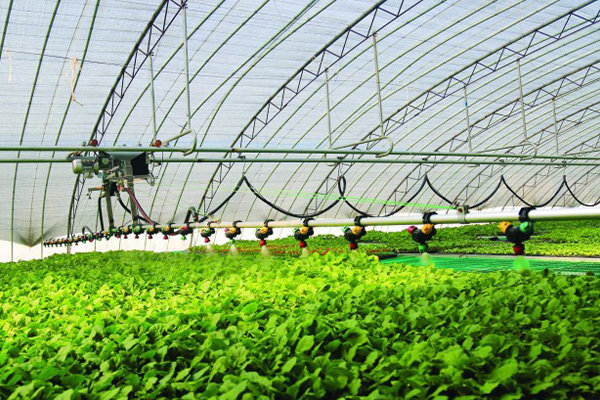How can suspension additives extend the shelf life of suspension?
Release Time:
Aug 13,2024
At first, the preservatives in the additives inhibit the growth of bacteria and mold, preventing the suspension from deteriorating due to microbial contamination during storage. These preservatives are capable of destroying the cell structure of microorganisms or inhibiting their metabolic activity, thus ensuring the stability and safety of the suspension.
Suspension additives can effectively extend the shelf life of suspension in several ways.
At first, the preservatives in the additives inhibit the growth of bacteria and mold, preventing the suspension from deteriorating due to microbial contamination during storage. These preservatives are capable of destroying the cell structure of microorganisms or inhibiting their metabolic activity, thus ensuring the stability and safety of the suspension.
Secondly, the stabilizer in the suspension additive helps to maintain the physical and chemical stability of the suspension. They can prevent the aggregation and settlement of solid particles and maintain the uniformity and dispersion of the suspension. By enhancing the stability of the suspension, additives can reduce the loss of active ingredients due to particle sedimentation or aggregation, thereby extending the effective life of the suspension.
In addition, suspension additives can also improve the freeze resistance and heat resistance of the suspension. At low temperatures, the additives prevent the suspension from freezing or forming ice crystals, thus avoiding the failure of the active ingredient due to crystallization. In the high temperature environment, the auxiliary can maintain the stability of the suspension and prevent its deterioration due to thermal decomposition or oxidation.
Suspension additives can effectively extend the shelf life of suspension by inhibiting microbial growth, maintaining physical and chemical stability, and improving freezing resistance and heat resistance. This enables the suspension to maintain its excellent performance and effect during storage and use, providing a strong guarantee for the long-term preservation and use of pesticides, fertilizers and other products. However, it should be noted that different types of suspensions may require different additive formulations and conditions of use, so it is necessary to select and optimize according to the specific situation in practical applications.
Key words:
Recommended News




